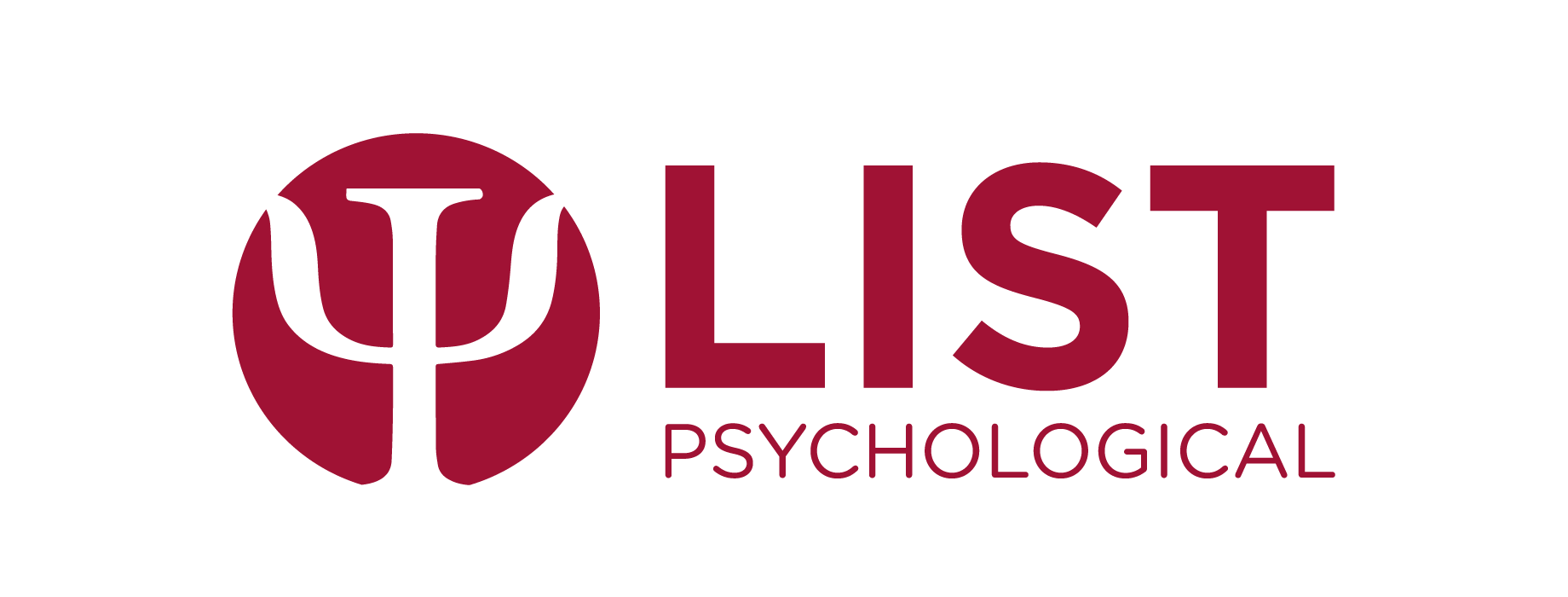The Power of Play
Think back, can you remember playing your favorite games over and over again? Do you remember that feeling of peace you had after a long day of play? What would you think if you were told that play was doing more than just entertaining you, that you were actually working through issues running in the back of your mind, that you weren’t even aware of. Would this knowledge change the way you view play or your child’s play experiences.
They say a picture is worth a thousand words. Each person is draw to a different aspect or perspective of a picture but most will agree on the overall tone or mood of the picture. Life circumstances of the viewer will play a large part in their interpretation.
Play is universal, researchers have not discovered a society that did not embrace play in some form. Can a universal practice be considered to have no value? Where does this power of play come from?
C.G. Jung identified universal symbols that are present, in some capacity, in all cultures. One example is the triangle roof children draw on houses. In cultures where children have never seen a house with a triangle roof, they draw them as a triangle. Why? Jung related this phenomenon to what he termed the collective unconscious. These symbols allow similar ideas to be expressed in a multitude of cultures, enhancing understanding between cultures.
In play therapy these universal symbols come up over and over again. They are modified to the child’s perceived meaning. The symbols give a basic interpretation that is only relevant from the client’s perspective.
To provide play therapy one must have the figures and symbols available for use. Children are good at adapting one house for another but must have the basics figures in order to adapt them. Some may require a different figure that has to be purchased just for that child. Children seem to be draw to a set of figures they repeatedly use until they move to the next stage of healing.
Trauma research has shown that trauma is experienced on all levels of consciousness and verbal therapy does not tap into all these areas as play does. Brain research has identified the need to address as many senses as possible to ameliorate internal distress associated with trauma. Each physical sense relates to an area of the brain, activating it. Trauma is a full body experience.
Play therapy allows the child to engage all their senses at once, in safe contained environment. Some emotions are too scary or even harmful if acted out in life. However, in play anything can be safely acted out. As humans we all have feelings and thoughts that we would rather not own. Play provides an avenue to express them and let them go.
Through a safe contained space the individual can act out their deepest fears and leave them, without negative consequences. This provides a freeing experience, for most individuals.
Play therapy allows one to work through emotions in a language the does not require words. Some things may be too frightening to speak of. Once these feeling have been express through play and not judged, it becomes easier to verbalize them later in the process.
Play therapy is recognized and utilized throughout the world, and backed by research. Play therapy is a sacred healing process, between the client and therapist, that is embarked upon with humility and respect.

